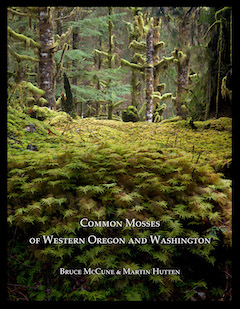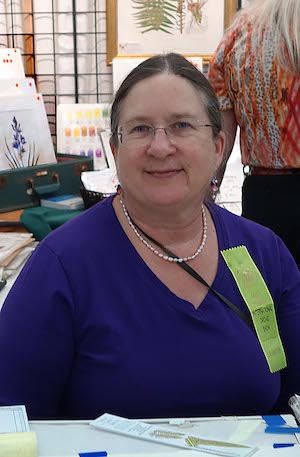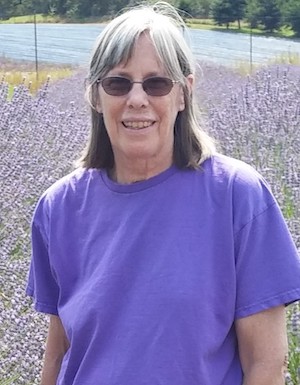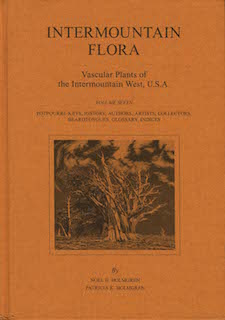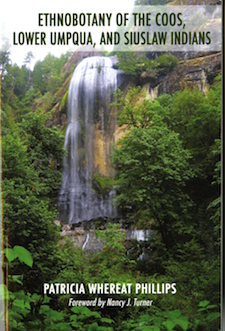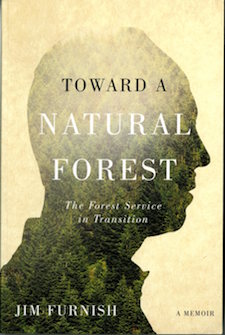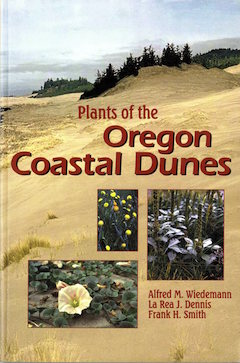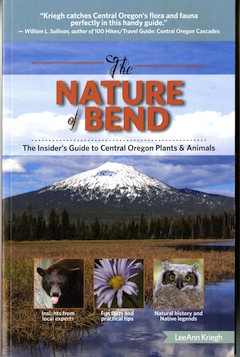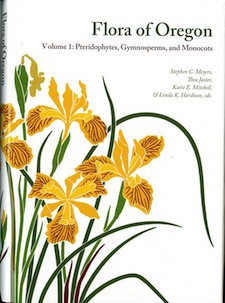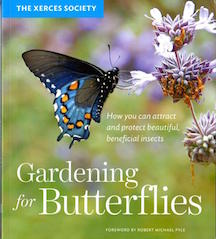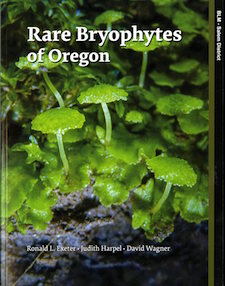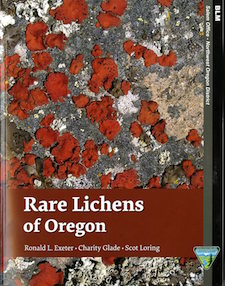Common Mosses of Western Oregon and Washington
Geared towards beginning moss enthusiasts, this luxuriantly illustrated guide to “one of the mossiest places in the world” is a great place to start for bryo-curious botanists in the Pacific Northwest. The volume is perfect for the field or lab, as it includes field-observable and microscopic photographs on nearly every page and, at only 146…

